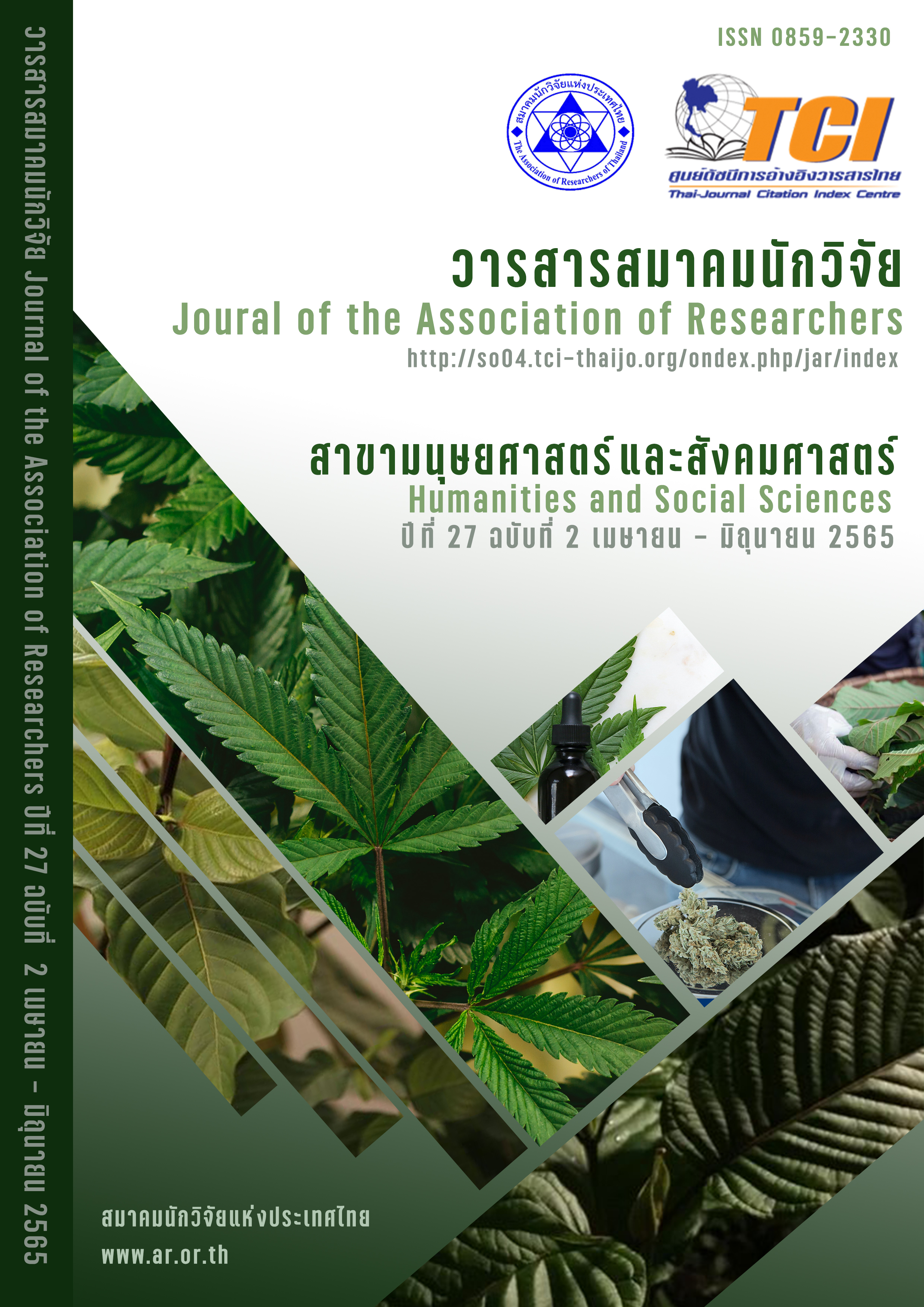The nutritional and therapeutical value of Cannabis Sattiva
Main Article Content
Abstract
This Keynote address highlights important research and experiential outcomes from scholars, civil society organizations, affected populations, and market stakeholders on how Cannabis Sattiva can play a balanced role between science and social sustainability. It seeks to show the potential of the Cannabis plant inappropriately regulated settings as transformative for our societies – so long as ethical practices and sustainable approaches are kept central. Hemp (Cannabis sativa L.) is a herbaceous anemophilous plant that belongs to the Cannabinaceae family. The cannabis seed (hemp) has long been utilized as a food source and is commercially important as an edible oil source. In this review, the positive and negative health effects of cannabis, the relationship between cannabis and various diseases, and the use of cannabis in various food products have been discussed. In addition, the scientific literature on the potential use of cannabis and its derivatives as a dietary supplement for the prevention and treatment of inflammatory and chronic degenerative diseases in animals and humans has been reviewed. Cannabis is being developed as a key ingredient in a variety of food items, including bakery, confectionery, beverages, dairy, fruits, vegetables, and meat. The nutritional profile of Hemp seeds contains plenty of protein, healthful fatty acids, and fiber. Hemp seeds are also a healthful source of vitamin E and minerals, such as calcium, iron, magnesium, potassium, and zinc. How to add hemp seeds to the diet. Try incorporating hemp seeds into the diet by sprinkling whole or ground seeds on cereal or yogurt adding the seeds to smoothies baking with hemp seeds and others rich in omega-3s making hemp milk at home using whole seeds sprinkling hemp seeds, along with other seeds or nuts, and on a salad.
Article Details

This work is licensed under a Creative Commons Attribution-NonCommercial-NoDerivatives 4.0 International License.
บทความที่ปรากฏในวารสารนี้ เป็นความรับผิดชอบของผู้เขียน ซึ่งสมาคมนักวิจัยไม่จำเป็นต้องเห็นด้วยเสมอไป การนำเสนอผลงานวิจัยและบทความในวารสารนี้ไปเผยแพร่สามารถกระทำได้ โดยระบุแหล่งอ้างอิงจาก "วารสารสมาคมนักวิจัย"
References
Andre C.M., Hausman J.F., Guerriero G.(2016) Cannabis sativa: The plant of the thousand and one molecules. Front. Plant Sci. 2016;7:19. Doi: 10.3389/fpls.2016.00019. - DOI - PMC - PubMed
Callaway J.C.(2004) Hempseed as a nutritional resource: An overview. Euphytica. 2004;140:65–72. doi: 10.1007/s10681-004-4811-6. - DOI
Ranalli P., Venturi G.(2004) Hemp as a raw material for industrial applications. Euphytica. 2004;140:1–6. doi: 10.1007/s10681-004-4749-8. - DOI
Struik P.C.,(2000) Amaducci S., Bullard M.J., Stutterheim N.C., Venturi G., Cromack H.T.H. Agronomy of fibre hemp (Cannabis sativa L.) in Europe. Ind. Crops Prod. 2000;11:107–118. doi: 10.1016/S0926-6690(99)00048-5. - DOI
Vonapartis E., Aubin M.P., Seguin P., Mustafa A.F., Charron J.B.(2015) Seed composition of ten industrial hemp cultivars approved for production in Canada. J. Food Composit. Anal. 2015;39:8–12. Doi: 10.1016/j.jfca.2014.11.004. - DOI


